The JAACRES Manhattan Report - by Joseph Aquino
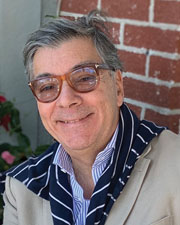
You can’t help sensing some optimism in the air in Manhattan, but let’s look at New York City a little closer to see what’s happening behind the scenes.
Yes, the governor launched a beautiful display of fireworks in New Yorks Harbor to signal the end of the pandemic, but it is it really the end? 70% of New Yorkers are vaccinated, but what has the pandemic left behind? And is a second strain ready to hit the city?
I have not left Manhattan since the lockdown began. I have seen all the goings-on, including retailers and restaurants closing, and the general safety of Manhattan often in question. We all know that Manhattan has a glorious history of resilience—but this time, the envelope may have been pushed clear into the next room. How long will it take for the city to fully recover?
Some expert observers claim that after Labor Day, 60% of Manhattan’s office workers will be returning to their workplaces. That is optimistic—especially since that number is hovering somewhere between 10 and 20% now. Coffee sales are a leading indicator of the presence of office workers, and a leading supplier of coffee to Manhattan’s office buildings reports that sales are still abysmally low, thanks to COVID. Office managers haven’t put their orders in yet, he adds. We will revisit this indicator later this summer to see if that 60% figure turns out to be accurate.
Most hotels are closed, but recently some five-star hotels have given themselves a mini-upgrade and have re-opened their doors to business travelers and tourists. Recently we saw the Plaza’s official ribbon-cutting, in addition to the revival of luxury hotels like the The Peninsula, Loew’s Regency, Ritz Carlton, and Park Hyatt. Slightly less upscale properties—like the 2,000-room New York Hilton on Avenue of the Americas, which traditionally hosts a great many black-tie affairs—are still closed. For many hotels, just to employ enough staff to keep their doors open would amount to a prohibitive expense as long as so many rooms stay empty.
However, the Moxy Hotel is about to build a third hotel on the Bowery. Reports from good sources say the occupancy of their two open units are hovering around 90%. The new hotel will sport a 17,000 s/f Tao restaurant. On a recent tour with a customer of The Lower East Side, I saw Ubers and other drivers dropping off young trendy visitors—some with their trendy moms—to hotels like The Ludlow and Ian Schrager’s Public Hotel, so the reports of high occupancy rates at these new hotels may be correct. These people may be young, but in a way they are “old school,” in that they still want to go out and meet other new people in the old-fashion way, with drink in hand.
Younger folks have invented an acronym, YOLO, which stands for “You Only Live Once.” Many of them seem to have taken that motto to heart: They’ve been driving their charge card debts to the max since the start of the pandemic. They are the new hot customers, spending endlessly. As such, they appear to be the only ones on the street of New York. They are flooding the bars, the walkways, and the restaurants.
Most restaurants appear to being doing well. The new prevalence of outdoor dining looks like it’s going to last for at least another year or two and maybe permanently. Either way, all those people enjoying their meals al fresco gives Manhattan a European feel—and Americans love to play at being European!
For now, restaurants are busy because they are the only social show in town. But Madison Square Garden recently e-mailed me a series of questions asking how comfortable I feel about returning to see a show or a sporting event and what safety features should be in play—and they listed many possible upcoming events. So, entertainment venues may be on their way back.
Mayor DeBlasio has hired legendary concert promoter Clive Davis to host the concert of all concerts in Central Park this summer. Estimates vary as to how big the crowd might get, but 60,000 is a figure I hear often. The mayor wants Clive to bring together eight iconic acts to officially tell the world that New York City is open for business. Let’s see how this plays out after some of the unsafe conditions New York has experienced over the past couple of years.
New York City might have to depend mostly on American visitors, though, for the time being. Europe just started awakening from her full lockdown this spring in May. I have to believe that Europeans will give their attention (and their disposable income) to local matters, local entertainments, and proximate friends and family before they start heading to the airports for international vacation travel. That would be the natural expectation.
Non-restaurant retail real estate still faces serious challenges. On a recent outing with Mrs. Aquino, one Sunday afternoon on Columbus Ave., I noticed signs of new life. On Columbus Ave. between 70th and 72nd Sts., I spotted a new restaurant called Felice about to open. They are part of the Italian company called SA Hospitality Group, based out of Milan. They took over space formerly occupied by the Oxbow Tavern. Meanwhile, directly across the street and down the block, I saw that two sustainable unisex apparel retailers had made commitments to open: Faherty and Allbirds.
Times Square still has its glitz and glamour. Recent reports tell us that 165,000 people visit there every day. That’s nowhere near the pre-COVID peak of 365,000, but the number increases steadily. When a new Broadway show opens, the state is allowing the theatre to have full occupancy—which is the only way a show can make a profit. The Times Square area has seen 21 new retail openings (including food and beverage) this year. Most of the deals were signed last year, with five closed during the pandemic. We hear rumors that a new 7 Eleven will join the fun soon.
A few blocks farther downtown, The Foo Fighters (with Dave Chappelle) reopened Madison Square Garden on June 20th to a sold-out house. That’s a great way to start the summer season.
My company and I have represented retail tenants for many years. Retail tenant representation is our bread and butter, and we know a lot about how to judge a market. I asked myself: Is this the beginning of the great upturn?
The following day, I got into my car and drove through all of Manhattan’s major retail neighborhoods to investigate further. The bad news is, I was confronted by a sea of for-rent signs, wherever I went. The good news is that many old clients have recently been calling me or my associates, asking about market conditions and seeking opportunities. With all this recent optimism I see brokers and property owners eager to get the prices back to pre-COVID levels. But they have to start somewhere.
I understand that property owners and the brokers who represent them don’t want to negotiate against themselves and sell themselves short, but I recommend that in many cases they should reset their asking rents lower, since there is so much choice in the marketplace. You just can’t expect a retailer pay pre-COVID rents if less than half the usual populace is back in Manhattan?
When I recently pushed back on a broker, she replied, “My owner will do a percentage rent in the first year and a reduced rent in the second.” I wondered why she hadn’t told me that in the first place!
Joseph Aquino is president of JAACRES, New York, N.Y.
AmTrustRE completes $211m acquisition of 260 Madison Ave.


Behind the post: Why reels, stories, and shorts work for CRE (and how to use them) - by Kimberly Zar Bloorian

Lasting effects of eminent domain on commercial development - by Sebastian Jablonski

AI comes to public relations, but be cautious, experts say - by Harry Zlokower



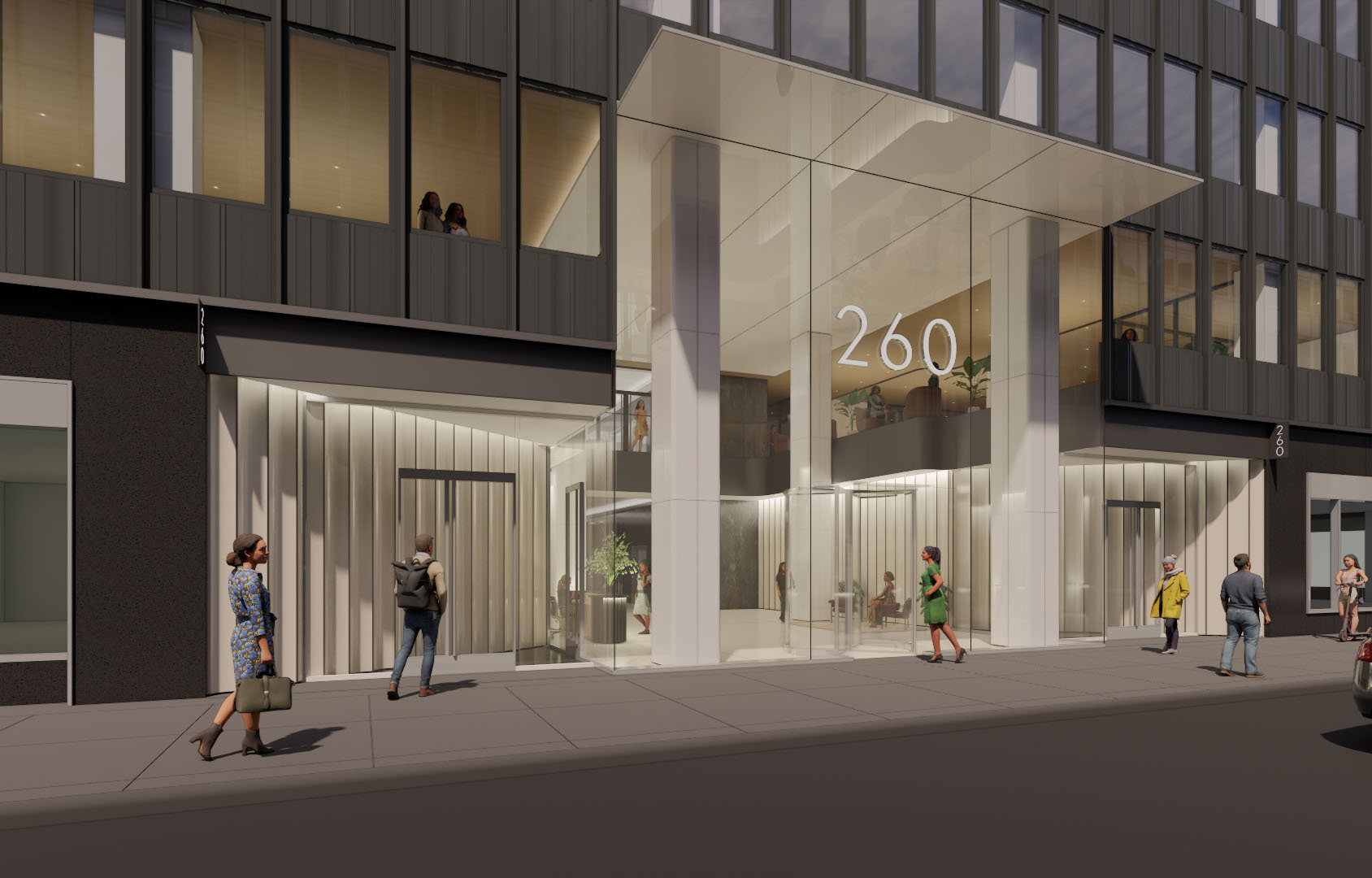
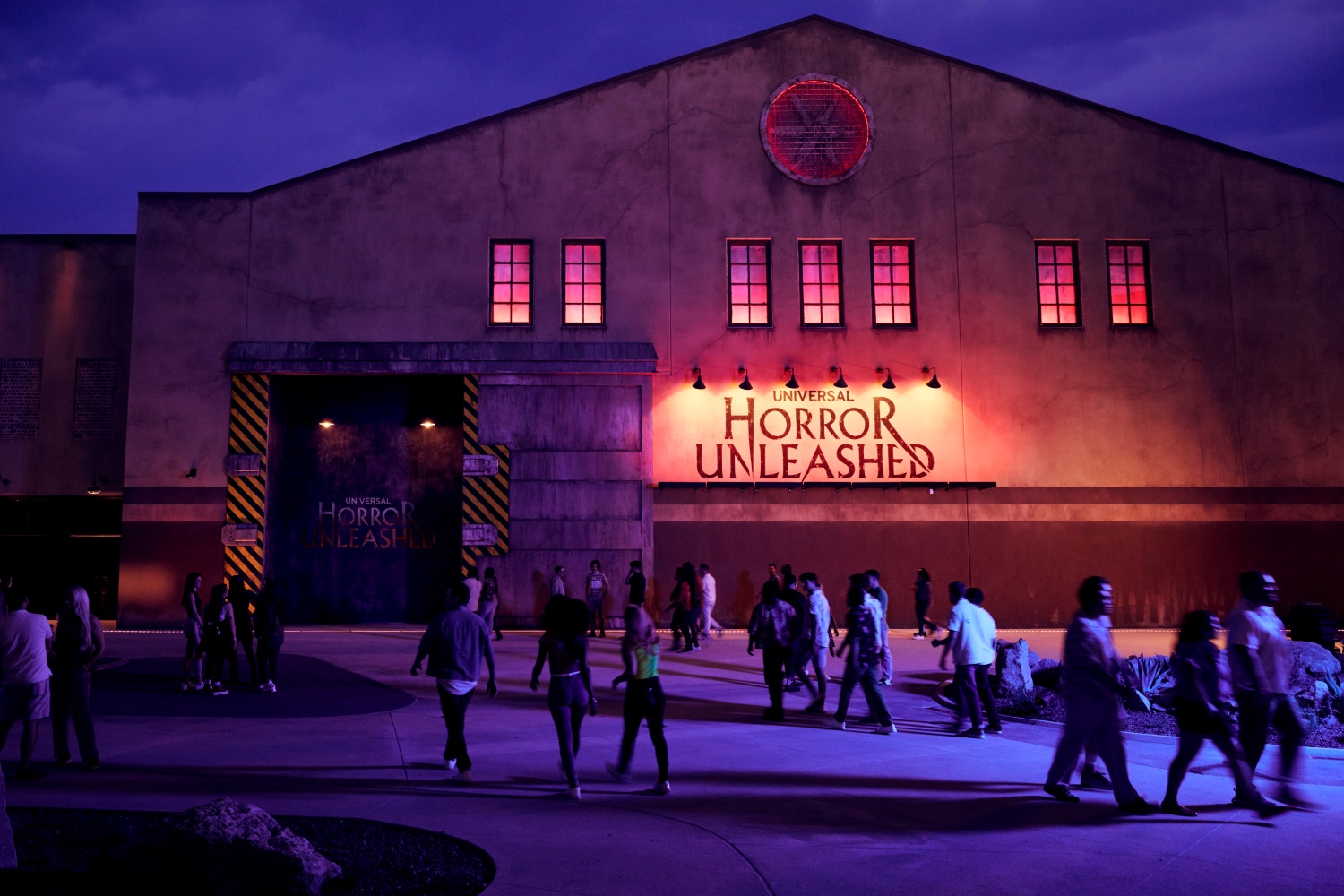

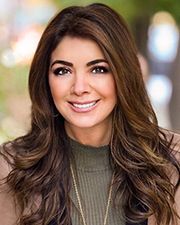
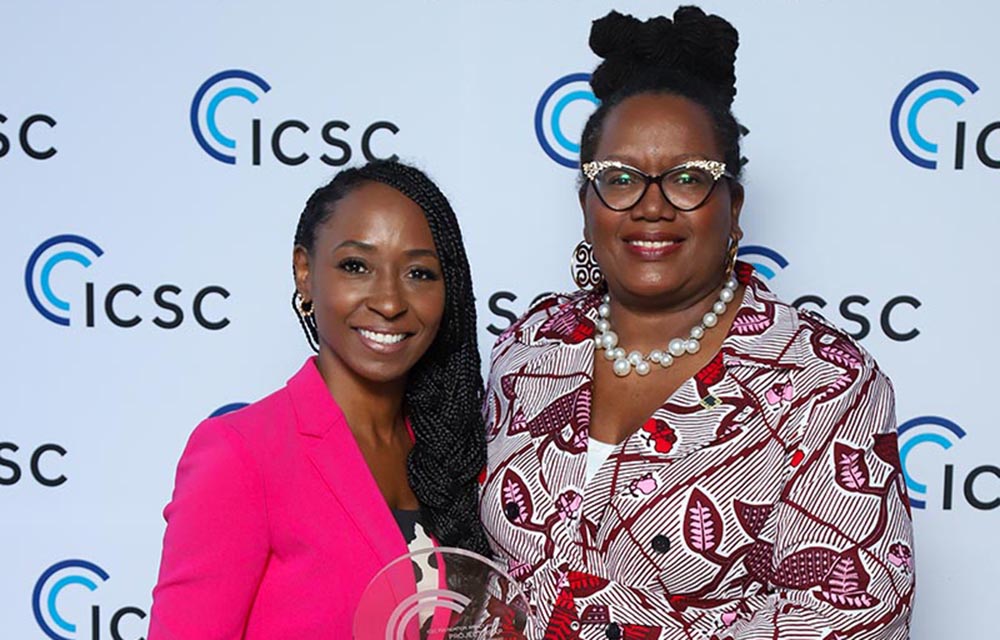

.jpg)
.gif)
.gif)